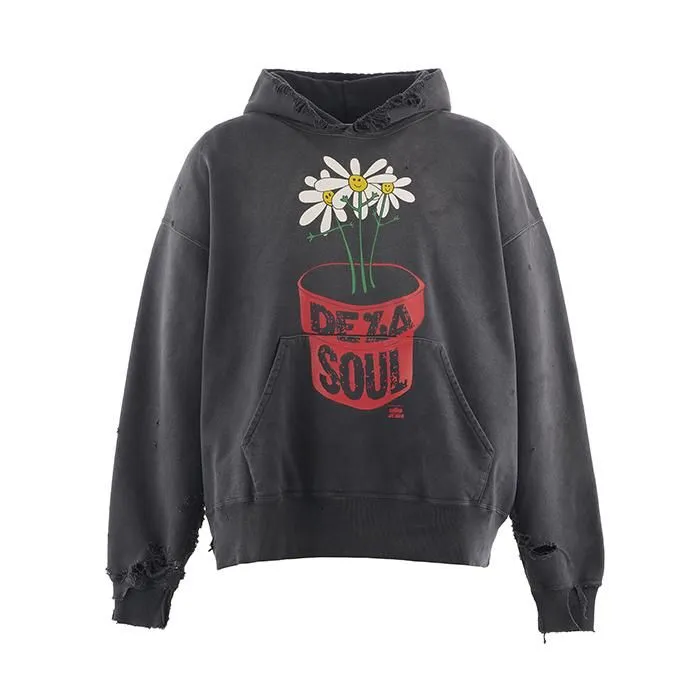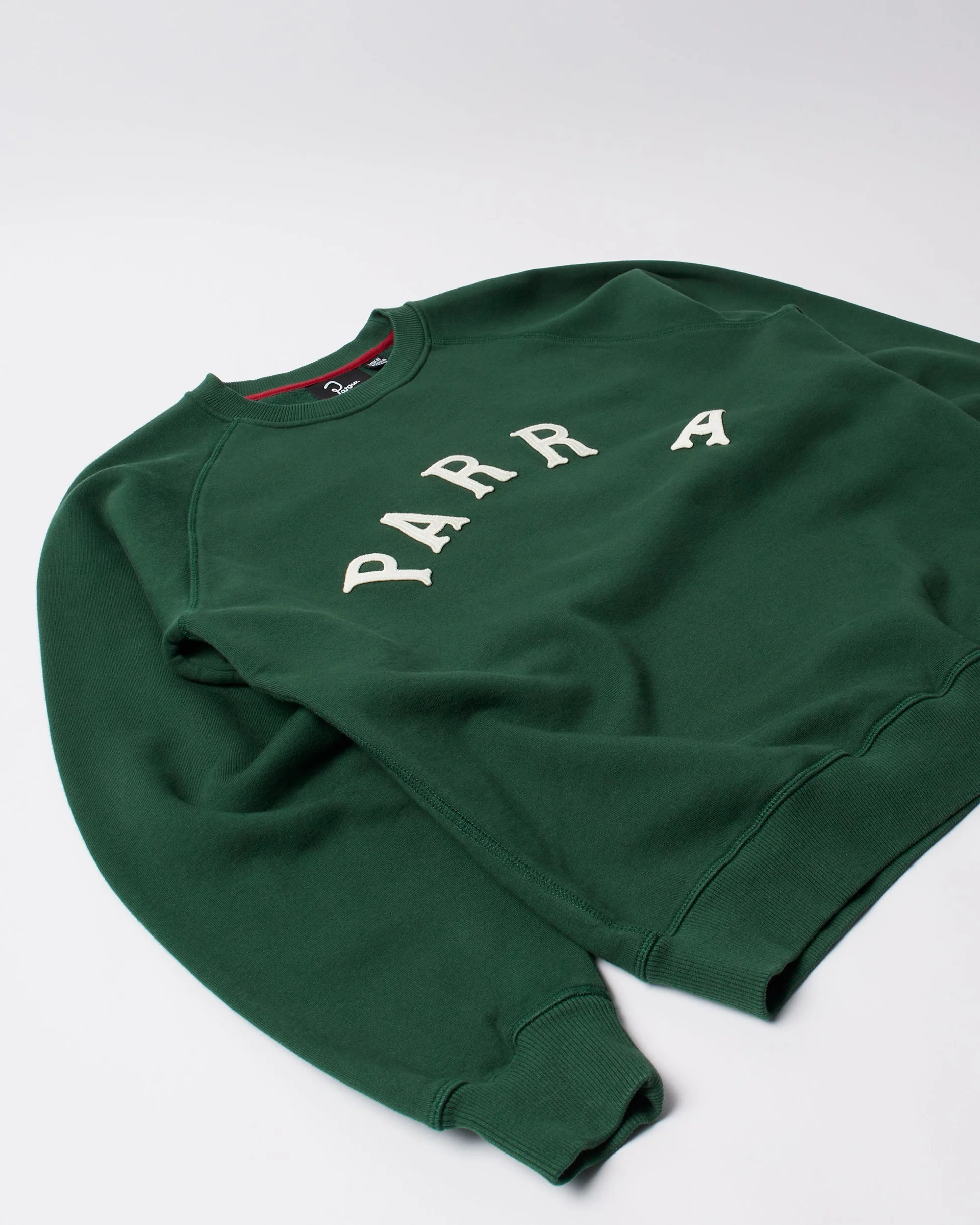Japanese designers have long played a crucial role in shaping the global menswear industry, setting themselves apart with a distinctive blend of quality craftsmanship, understated design, and unique aesthetics. From the avant-garde experiments of Comme des Garçons and Junya Watanabe to the fresh perspectives brought by rising talents like Setchu, Japanese menswear continues to push boundaries while maintaining a deep respect for tradition.
The success of Japanese menswear is rooted in a combination of meticulous attention to detail, an appreciation for minimalism, and a willingness to experiment with silhouettes, textiles, and cultural influences.
Craftsmanship: The Foundation of Japanese Menswear
At the core of Japanese menswear lies an uncompromising dedication to craftsmanship. Unlike many mass-market brands that prioritize cost-cutting measures, Japanese designers often manufacture their products domestically, ensuring an unparalleled level of quality and precision.
Culture of Unparalleled Uniqueness
Japan’s cultural philosophy of “monozukuri” (the art of making things well) plays a significant role in the country’s approach to fashion. The meticulous craftsmanship seen in traditional kimono making, indigo dyeing, and sashiko embroidery has been seamlessly adapted to modern menswear. This dedication to superior quality extends across fabric selection, garment construction, and finishing techniques.
Premium Fabrics and Textile Innovation
Japanese designers are known for sourcing the best materials, whether it be ultra-soft supima cotton, raw selvedge denim, or finely woven wool. Japan’s Okayama region, in particular, is renowned for producing some of the highest-quality denim in the world, with brands like Kapital and Studio D’Artisan perfecting the art of selvedge denim production.
Likewise, brands such as Issey Miyake have pioneered textile innovation by developing pleated fabrics that resist wrinkles while maintaining an elegant drape, setting new industry standards.
The Role of Local Artisans and Small-Scale Production
Many Japanese designers collaborate with small, family-owned workshops that specialize in traditional techniques. This approach not only preserves Japan’s rich heritage of craftsmanship but also ensures that each garment meets the highest standards. Labels like Visvim emphasize handmade construction, with founder Hiroki Nakamura frequently traveling the world in search of rare techniques and materials to incorporate into his collections.
Understated Design: Minimalism and Versatility
Japanese menswear often embraces a less-is-more philosophy, focusing on clean lines, subtle details, and a muted color palette. This understated aesthetic makes these garments highly versatile, appealing to both trend-conscious consumers and those seeking timeless wardrobe staples.
The Influence of Zen Aesthetics
Many Japanese designers draw inspiration from Zen philosophy, which emphasizes simplicity, balance, and harmony. This influence can be seen in brands like The Row and Yohji Yamamoto, where minimalistic silhouettes and monochromatic tones create an effortlessly sophisticated look.
Neutral Colors and Functional Silhouettes
Japanese menswear often features earthy neutrals, blacks, greys, and navy blues, which allow for easy integration into any wardrobe. These color palettes emphasize functionality and versatility, making them suitable for different occasions and styles.
Wardrobe Staples with a Modern Twist
Many Japanese designers excel at reinventing classic menswear staples. A standard button-up shirt or tailored blazer, when crafted by a designer like Junya Watanabe, may feature unexpected elements like asymmetrical pockets, mixed fabrics, or deconstructed panels, adding subtle avant-garde touches to an otherwise conventional piece.
The Appeal of Quiet Luxury
In an era where flashy logos and excessive branding are losing their appeal, Japanese designers have perfected the art of “quiet luxury”—subtle, well-made clothing that speaks for itself. Brands like Lemaire (although Paris-based, highly influenced by Japanese minimalism) and Auralee are prime examples of this restrained yet sophisticated approach.
Aesthetic Appeal: Blending Tradition with Modernity
What sets Japanese designers apart is their ability to create garments that resonate with both Eastern and Western audiences. By blending traditional Japanese craftsmanship with modern, global influences, they produce distinctive pieces that feel both contemporary and deeply rooted in history.
Traditional Techniques in Modern Fashion
Many designers incorporate Japanese cultural heritage into their collections:
• Sashiko stitching (a traditional embroidery technique used to reinforce fabric) is frequently seen in denim and workwear from brands like Blue Blue Japan.
• Indigo dyeing, an age-old Japanese technique, remains a hallmark of high-end Japanese denim and outerwear.
• Kimono-inspired silhouettes have been reinterpreted into modern coats and jackets, offering a fresh perspective on traditional garments.
Avant-Garde Experiments and Unique Proportions
Japanese fashion is also known for playing with proportions and asymmetry. Designers like Yohji Yamamoto and Rei Kawakubo (Comme des Garçons) have mastered deconstruction and exaggerated silhouettes, making their garments instantly recognizable and artistically profound.
Blending Streetwear and Tailoring
Japan’s streetwear culture has deeply influenced global menswear, with brands like Undercover, Visvim, and Needles creating a fusion of tailored elegance and casual urban wear. This blending of styles has given rise to a new category of menswear that is both polished and relaxed.
Innovation: Pushing the Boundaries of Fashion
Japanese designers have consistently been at the forefront of fashion innovation, introducing new materials, avant-garde silhouettes, and cutting-edge production techniques.
Revolutionary Materials and Technology
Brands like Issey Miyake have pioneered fabric innovations such as Pleats Please, a collection of garments made from permanently pleated polyester that retains its shape and requires minimal maintenance. Similarly, Comme des Garçons often experiments with synthetic fabrics, layered textures, and unconventional dyeing methods.
Deconstruction and Reconstruction
Designers like Junya Watanabe have redefined traditional tailoring by deconstructing and reconstructing classic menswear pieces, often incorporating elements from workwear, military apparel, and sportswear. This hybrid design approach results in garments that are both familiar and unexpected.
Sustainability and Ethical Production
Many Japanese brands prioritize sustainability by using natural dyes, recycled fabrics, and ethical production methods. Labels like Snow Peak and Nanamica are known for their eco-conscious approach to outdoor and technical wear, ensuring durability without harming the environment.
Emerging Talent: The Future of Japanese Menswear
While established brands continue to shape global menswear, a new generation of designers is emerging with fresh perspectives and innovative concepts.
Setchu: Bridging East and West
One of the most exciting new designers, Setchu, is redefining Japanese menswear by blending European tailoring with Japanese sensibilities. Their ability to merge precision craftsmanship with fluid silhouettes makes them a brand to watch.
Other Notable Rising Stars
• Taakk – A brand known for experimental fabrics and textures.
• Hed Mayner – Although Israeli, heavily influenced by Japanese minimalism.
• Sulvam – A Tokyo-based brand focused on modern tailoring with an artistic twist.
These new voices ensure that Japan’s influence on global menswear will continue to evolve and expand.
The Enduring Influence of Japanese Menswear
Japanese designers have secured their place at the forefront of menswear through a combination of exceptional craftsmanship, minimalist design, unique aesthetics, and fearless innovation. Whether through high-end tailoring, avant-garde fashion, or streetwear-infused styles, they continue to shape the industry in meaningful ways.
As both legendary designers and emerging talents push creative boundaries, the global influence of Japanese menswear will only grow stronger in the years to come.
No comments yet.








